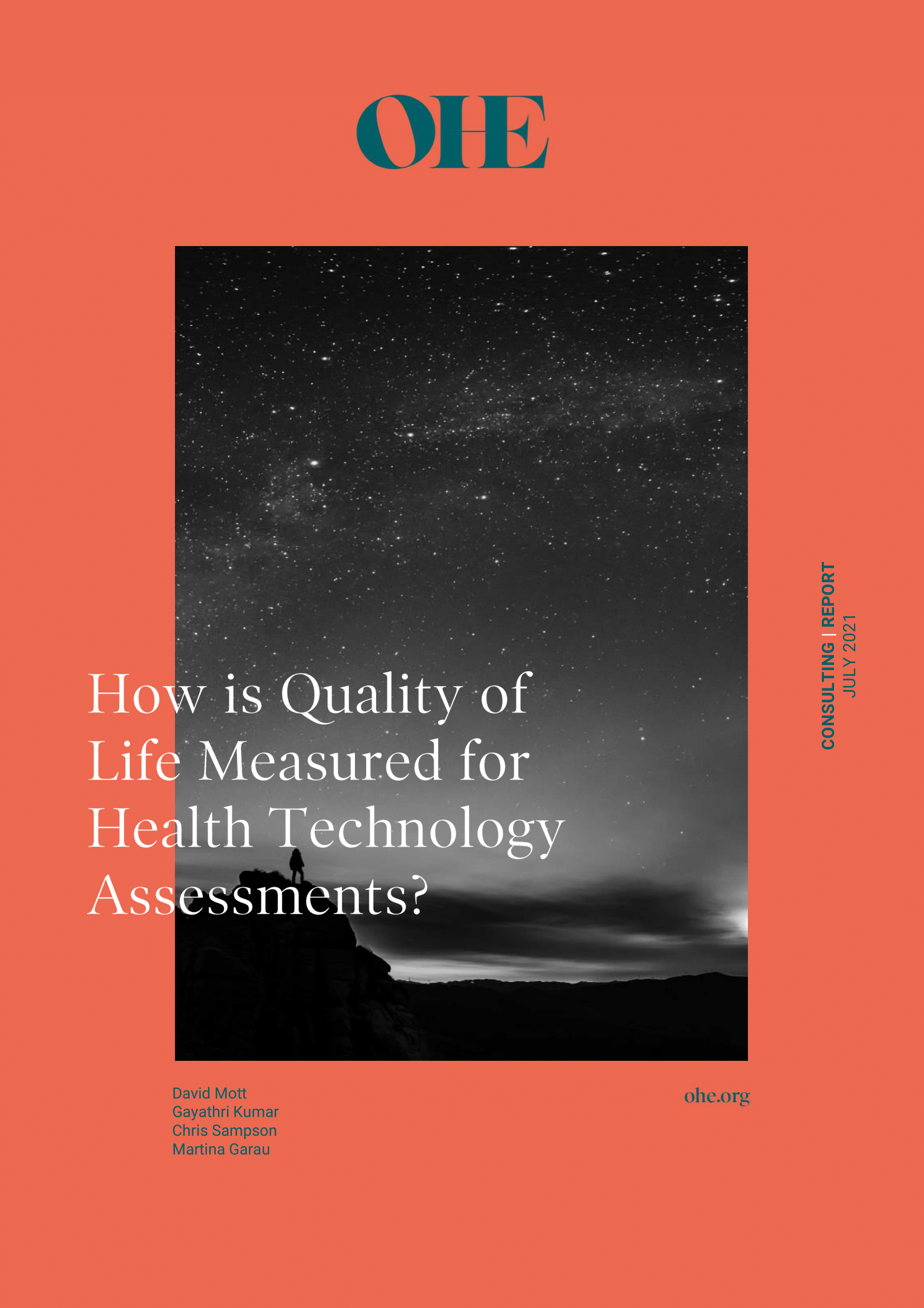Cost-effectiveness analysis (CEA) is the economic evaluation method that is typically preferred by health technology assessment agencies. Quality-adjusted life years (QALYs) – a composite measure of quality and…
Cost-effectiveness analysis (CEA) is the economic evaluation method that is typically preferred by health technology assessment agencies. Quality-adjusted life years (QALYs) – a composite measure of quality and quantity of life – are often used as the measure of benefit in a CEA. The quality of life component requires health state utilities, which are anchored at one (indicating full health) and zero (indicating being dead).
This short report summarises the typical approach for obtaining utilities (i.e. through the use of generic preference-based measures such as EQ-5D). It then describes the potential limitations of this approach and outlines some alternatives such as: a) alternative generic preference-based measures; b) bolt-on questions for EQ-5D; c) condition-specific preference-based measures; and d) mapping to EQ-5D from condition-specific non-preference-based measures.


